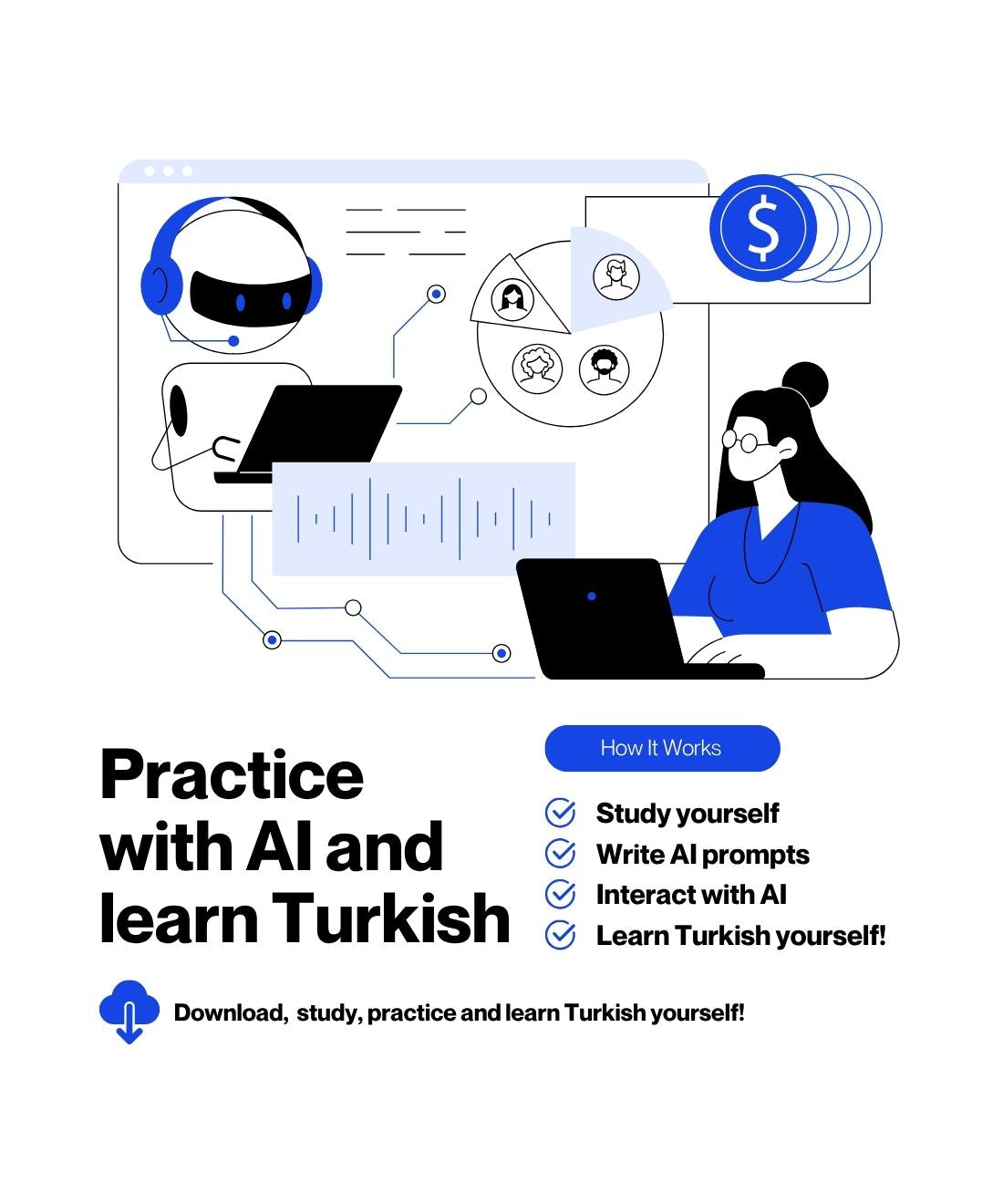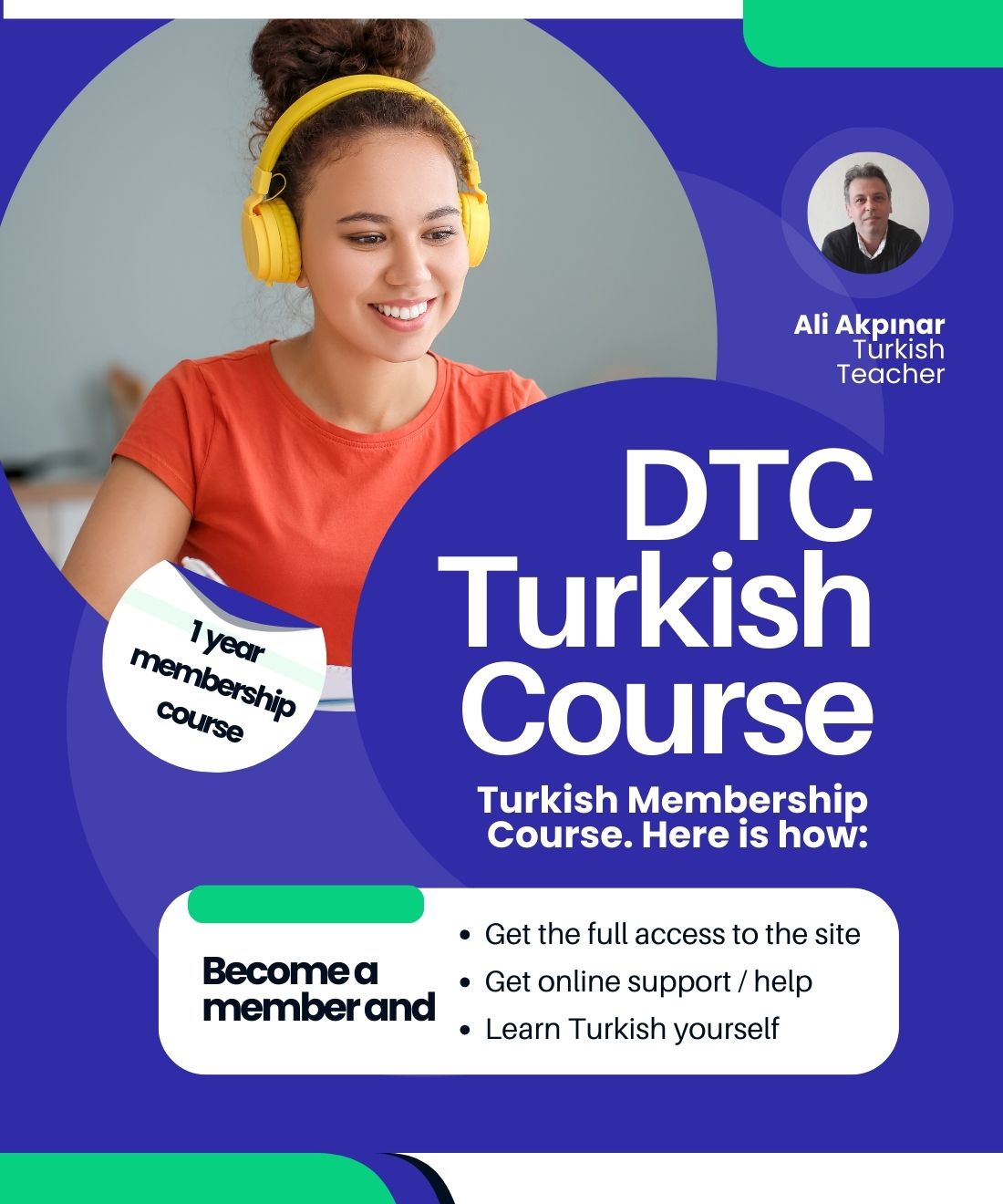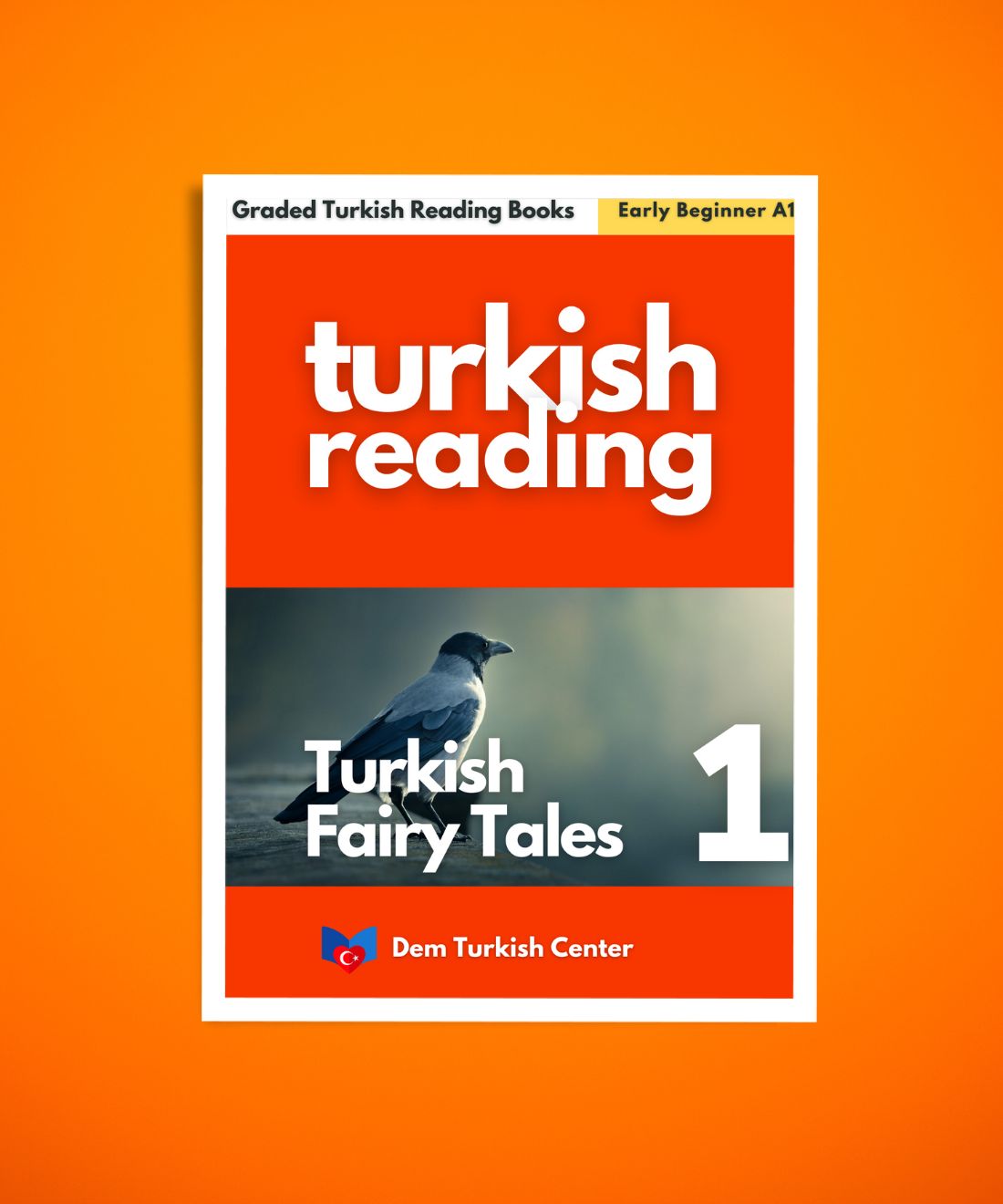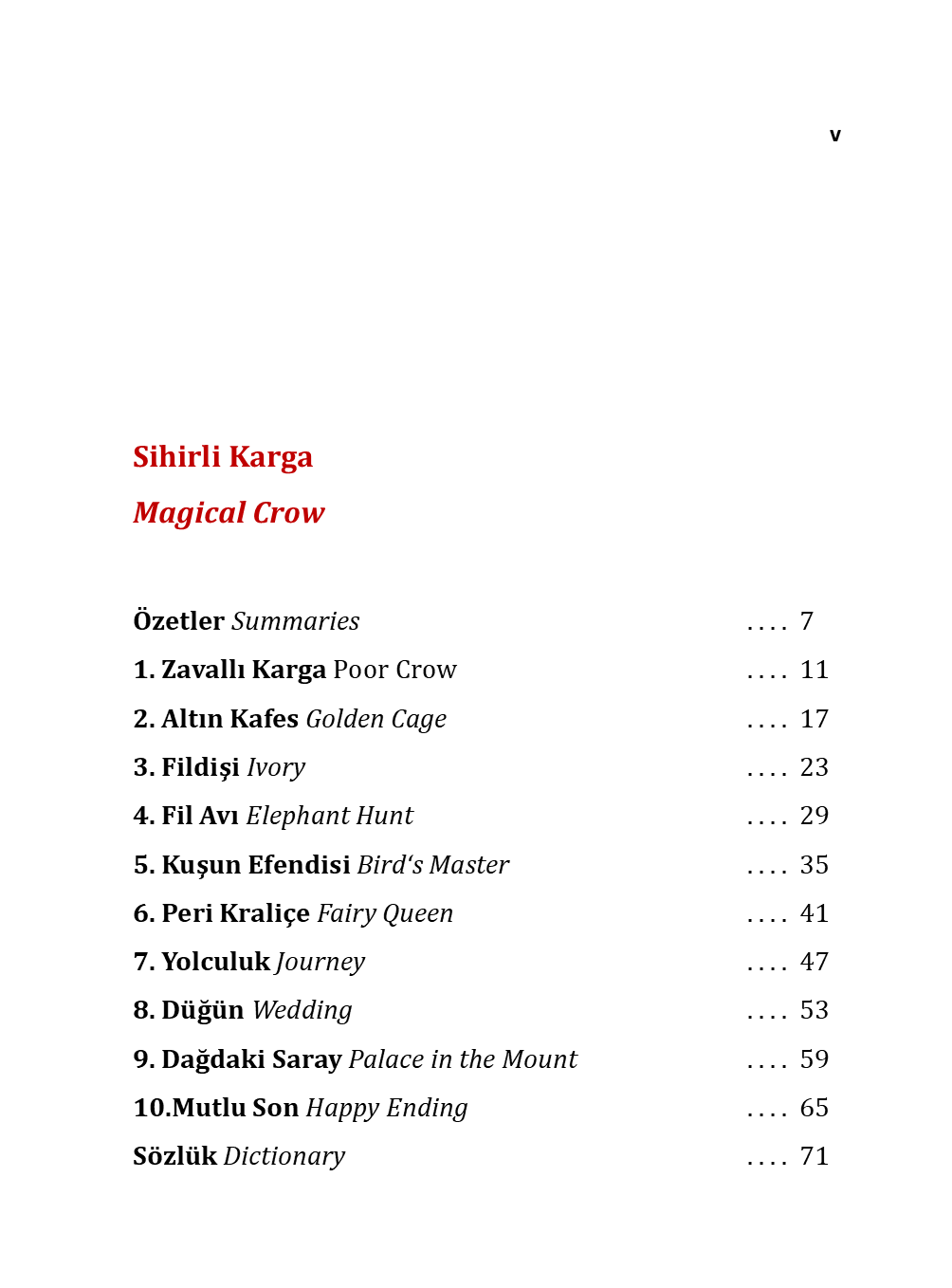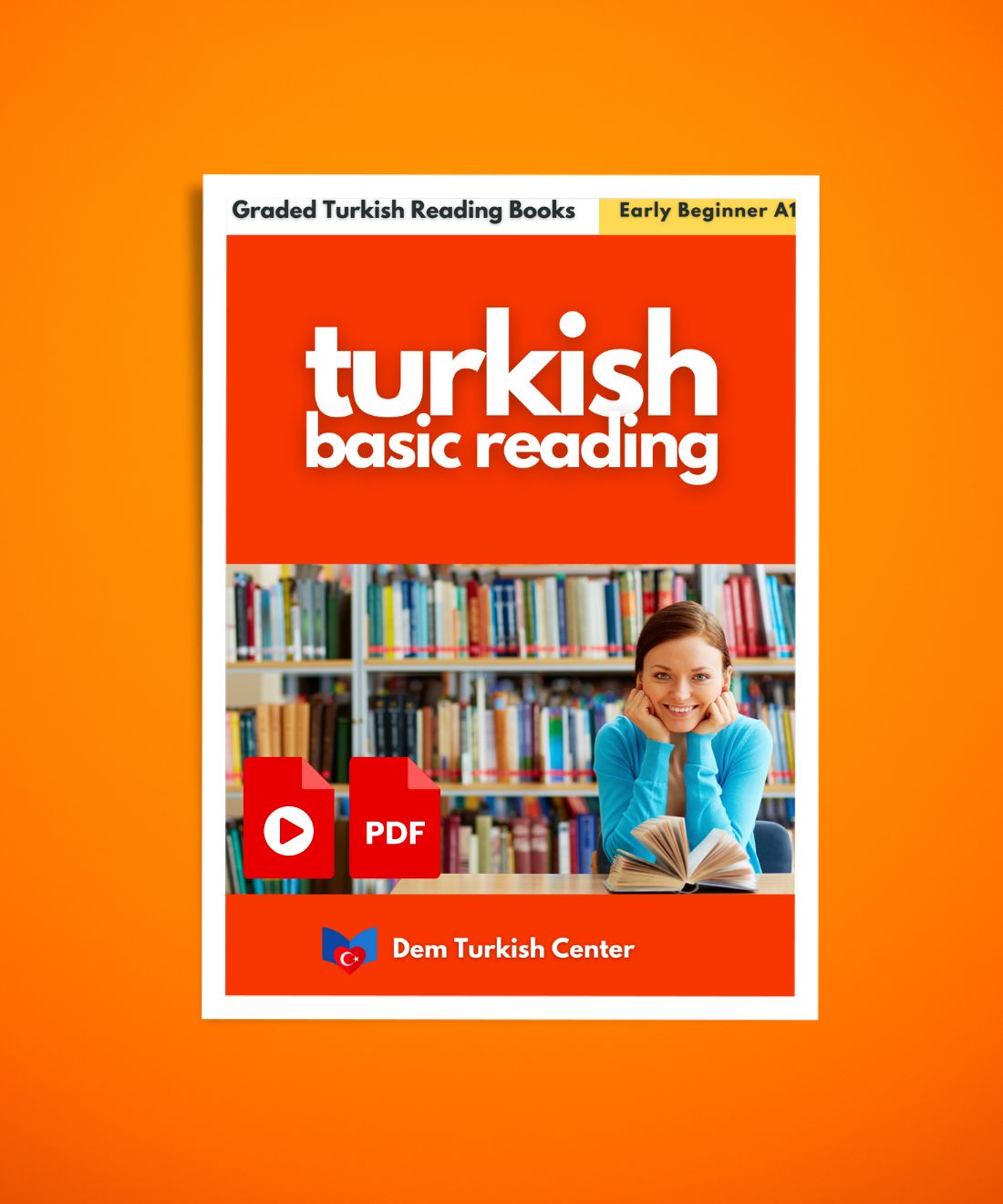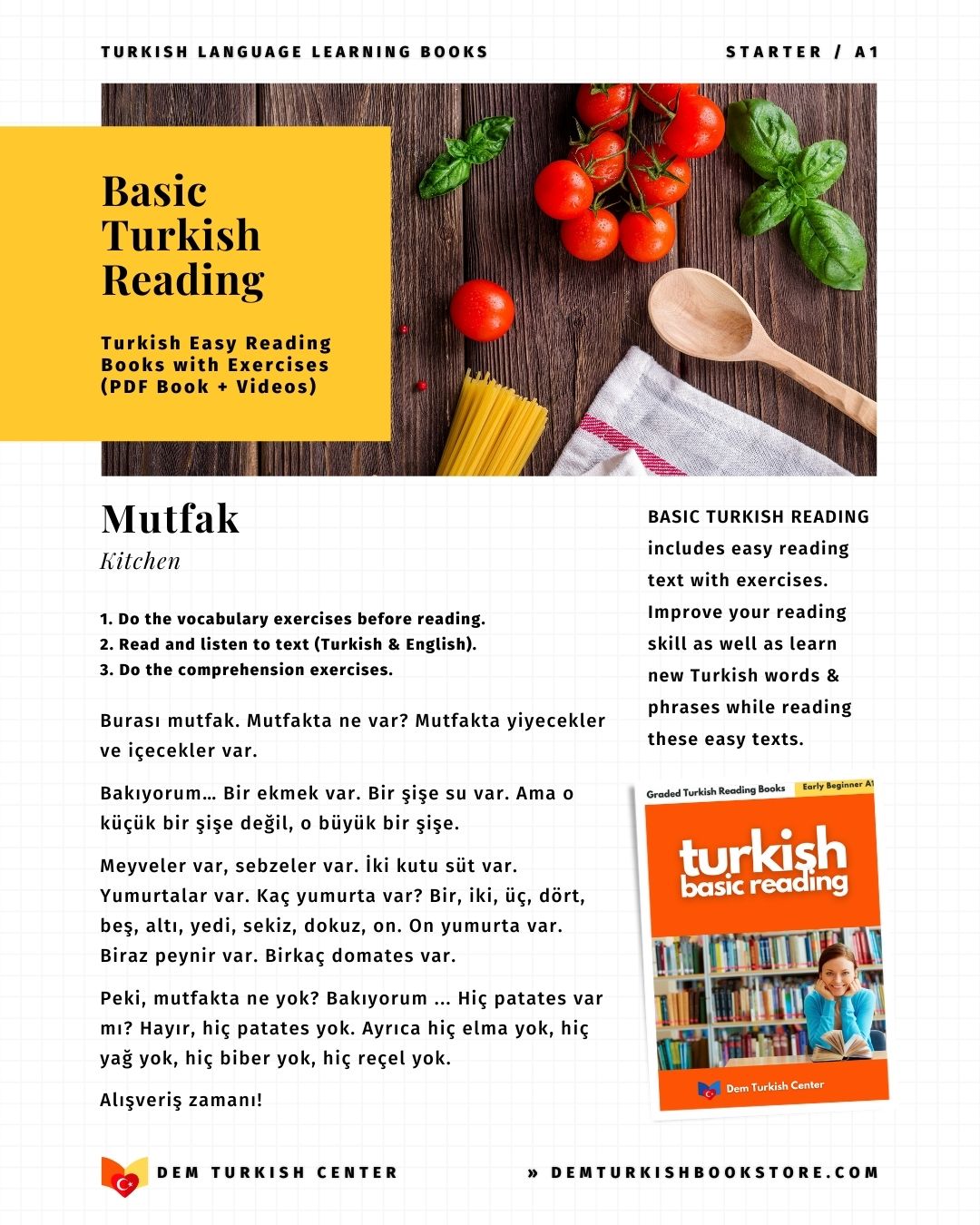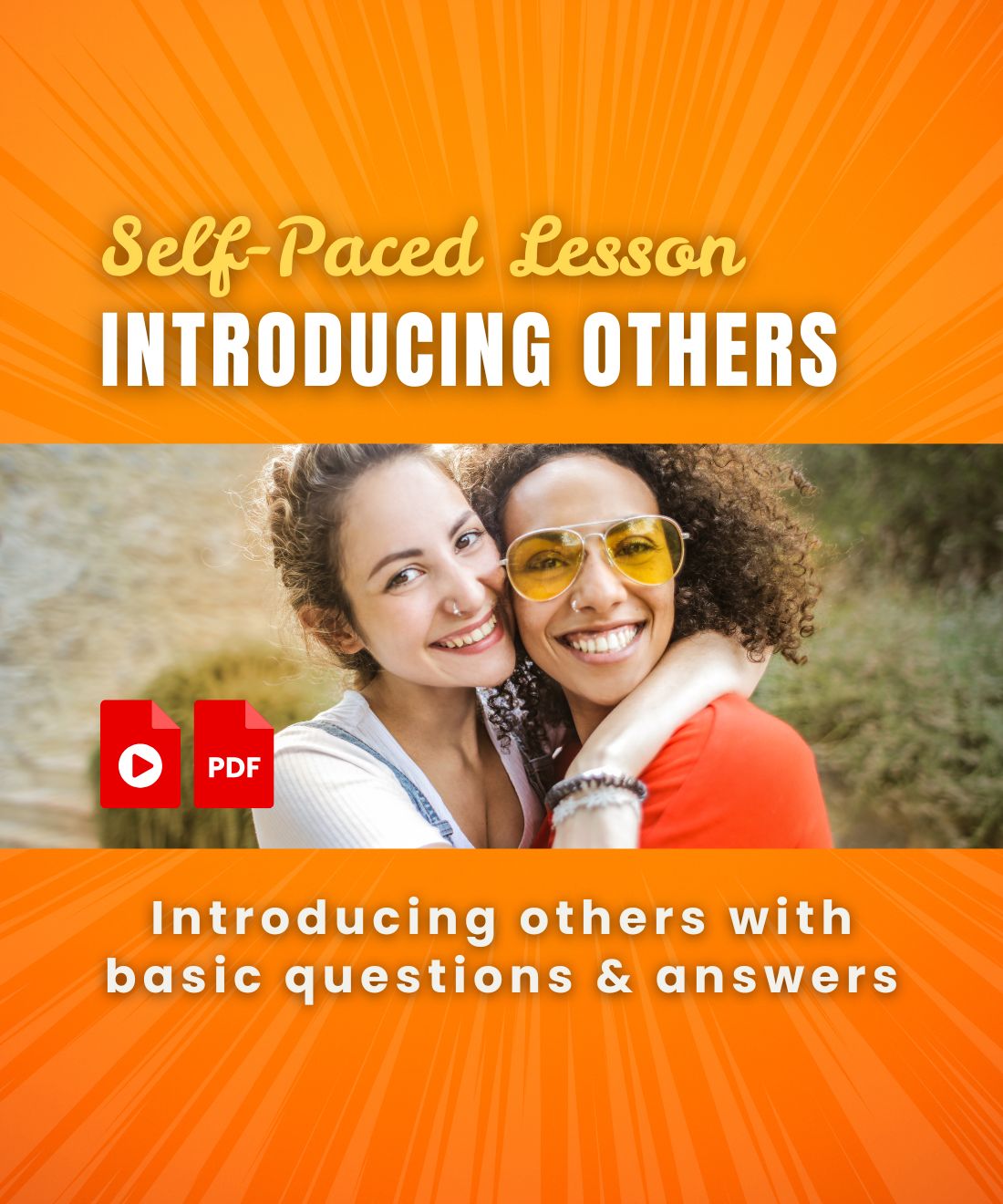
AI vs. Traditional Language Learning: What’s Better?
Learning a new language has never been easier, thanks to AI-powered tools like chatbots, speech recognition, and adaptive apps. But how do they compare to traditional methods like classroom lessons, textbooks, and immersion? While AI offers personalized, on-demand practice with instant feedback, traditional learning provides structured lessons and human interaction. Both have pros and cons—AI is flexible and cost-effective, while traditional methods foster deeper cultural understanding.
In this post, we’ll explore AI language learning vs. traditional methods, their effectiveness, and which approach suits your goals. Ready to find the best way to master a new language? Let’s dive in!
TRADIDIONAL LANGUAGE LEARNING OR LEARNING LANGUAGES WITH AI?
Language Learning with AI: A Beginner’s Guide
Traditional Language Learning: The Classic Approach
Pros
- Human Interaction Learn nuances, slang, and cultural context from native speakers.
- Structured Curriculum Classroom courses follow a proven, systematic progression.
- Accountability Teachers and study groups keep you motivated.
- Real Conversations Immediate feedback and natural dialogue in language exchanges.
- Deeper Cultural Understanding Immersive experiences (travel, films, books) enhance fluency.
AI For Language Learning: The Pros and Cons
Cons
- Expensive Private tutors and courses can be costly.
- Limited Flexibility Fixed schedules may not suit everyone.
- Slower Progress Pacing depends on the class, not individual needs.
- Accessibility Issues Not everyone has access to native speakers or schools.
AI-Powered Language Learning: The Tech-Driven Alternative
Pros
- Personalized Learning AI adapts to your level and pace (e.g., Duolingo, ChatGPT).
- Available 24/7 Practice anytime, anywhere with apps and chatbots.
- Instant Feedback Grammar corrections, pronunciation checks (e.g., ELSA Speak).
- Affordable (Often Free) Many AI tools are low-cost compared to tutors.
- Fear-Free Practice No judgment when making mistakes with a chatbot.
Cons
- Lacks Human Nuance AI may miss cultural context or natural speech patterns.
- Limited Advanced Practice Struggles with complex conversations.
- Over-Reliance on Translation May hinder thinking in the target language.
- Robotic Interactions Conversations can feel unnatural.
The Verdict: Which One Wins?
AI is Best For...
- Beginners building vocabulary & grammar basics
- Busy learners needing flexibility
- Low-budget students
- Supplemental practice (quizzes, drills, pronunciation)
Traditional Learning is Best For...
- Advanced learners mastering fluency
- Those wanting cultural immersion
- People who thrive with structure & accountability
- Learners who need real conversation practice
The Ideal Approach? Combine Both!
- Use AI for daily practice, vocabulary drills, and instant feedback.
- Engage in traditional methods (classes, tutors, immersion) for real-world fluency.
There’s no one-size-fits-all answer—the best method depends on your goals, learning style, and budget. AI offers convenience and affordability, while traditional learning provides depth and human connection.
What’s your preference? Have you tried AI tools or stuck with classic methods? Share your experiences in the comments!




